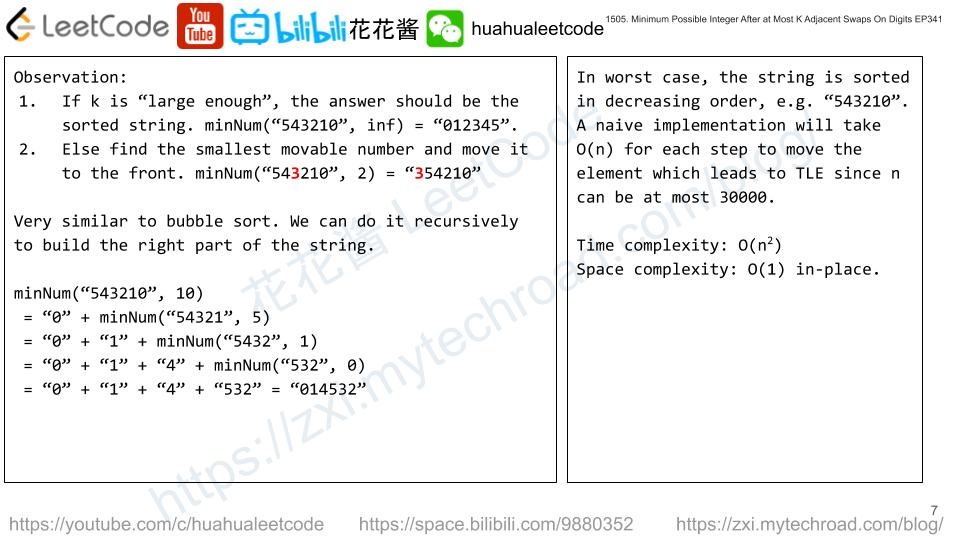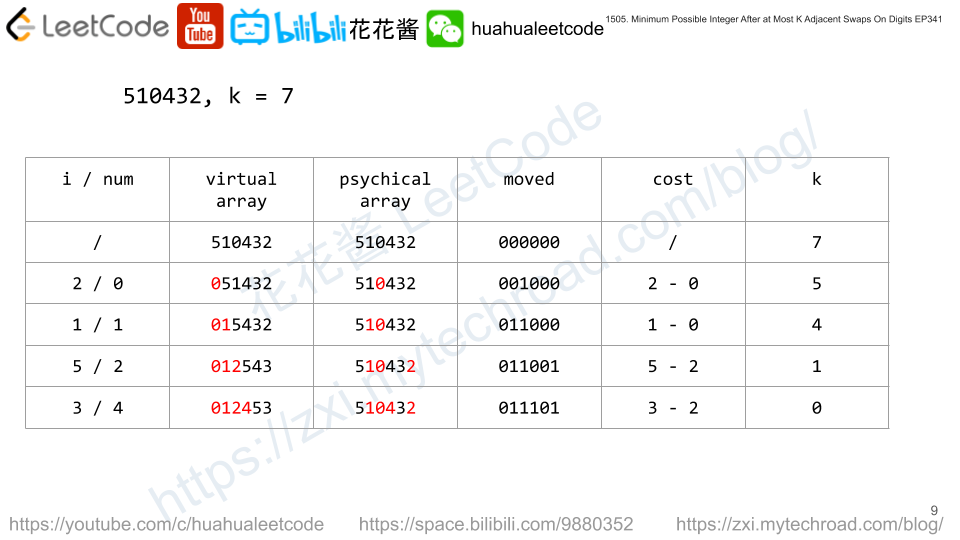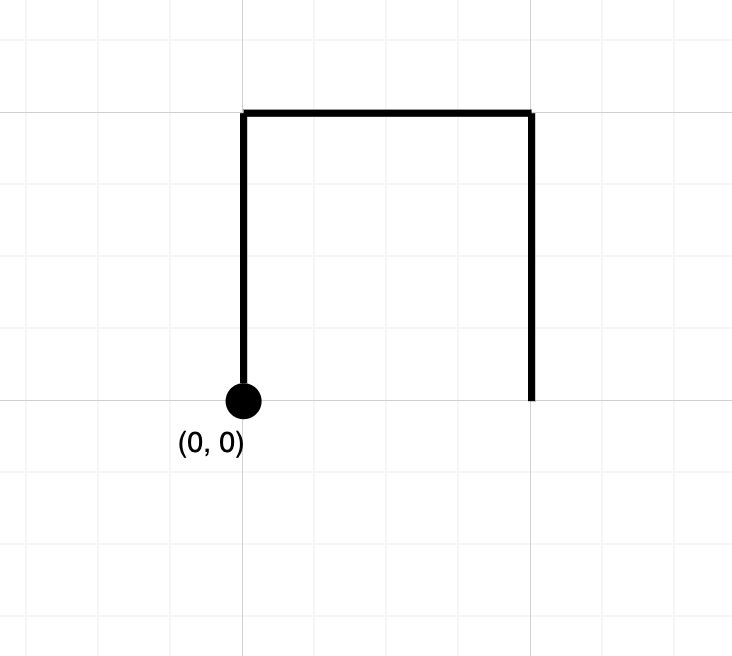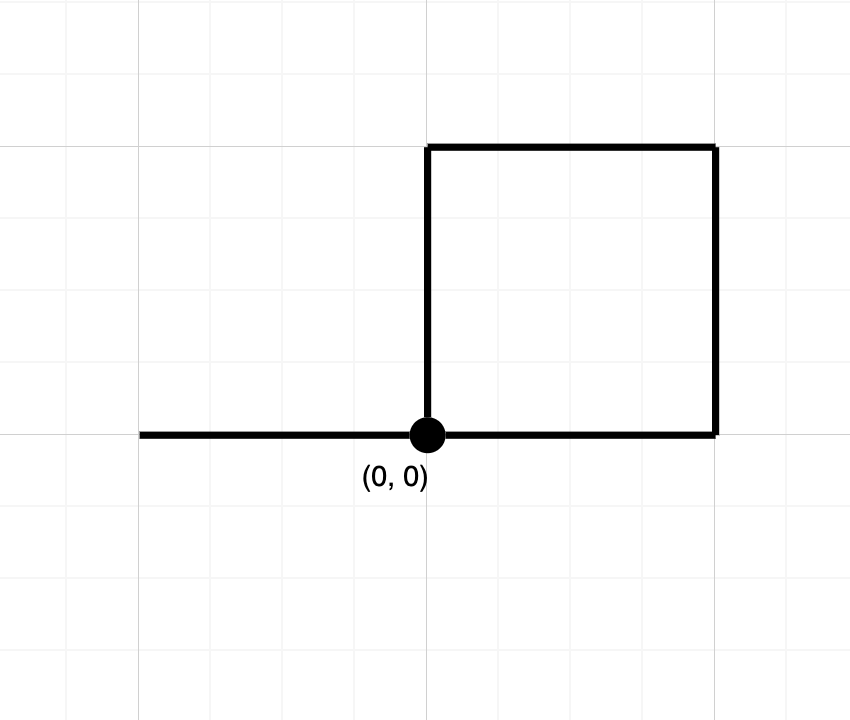Given an integer n and an integer array rounds. We have a circular track which consists of n sectors labeled from 1 to n. A marathon will be held on this track, the marathon consists of m rounds. The ith round starts at sector rounds[i - 1] and ends at sector rounds[i]. For example, round 1 starts at sector rounds[0] and ends at sector rounds[1]
Return an array of the most visited sectors sorted in ascending order.
Notice that you circulate the track in ascending order of sector numbers in the counter-clockwise direction (See the first example).
Example 1:

Input: n = 4, rounds = [1,3,1,2] Output: [1,2] Explanation: The marathon starts at sector 1. The order of the visited sectors is as follows: 1 --> 2 --> 3 (end of round 1) --> 4 --> 1 (end of round 2) --> 2 (end of round 3 and the marathon) We can see that both sectors 1 and 2 are visited twice and they are the most visited sectors. Sectors 3 and 4 are visited only once.
Example 2:
Input: n = 2, rounds = [2,1,2,1,2,1,2,1,2] Output: [2]
Example 3:
Input: n = 7, rounds = [1,3,5,7] Output: [1,2,3,4,5,6,7]
Constraints:
2 <= n <= 1001 <= m <= 100rounds.length == m + 11 <= rounds[i] <= nrounds[i] != rounds[i + 1]for0 <= i < m
Solution: Simulation
Time complexity: O(m*n)
Space complexity: O(n)
C++
|
1 2 3 4 5 6 7 8 9 10 11 12 13 14 15 16 17 |
class Solution { public: vector<int> mostVisited(int n, vector<int>& rounds) { vector<int> counts(n); counts[rounds[0] - 1] = 1; for (int i = 1; i < rounds.size(); ++i) for (int s = rounds[i - 1]; ; ++s) { ++counts[s %= n]; if (s == rounds[i] - 1) break; } const int max_count = *max_element(begin(counts), end(counts)); vector<int> ans; for (int i = 0; i < n; ++i) if (counts[i] == max_count) ans.push_back(i + 1); return ans; } }; |






